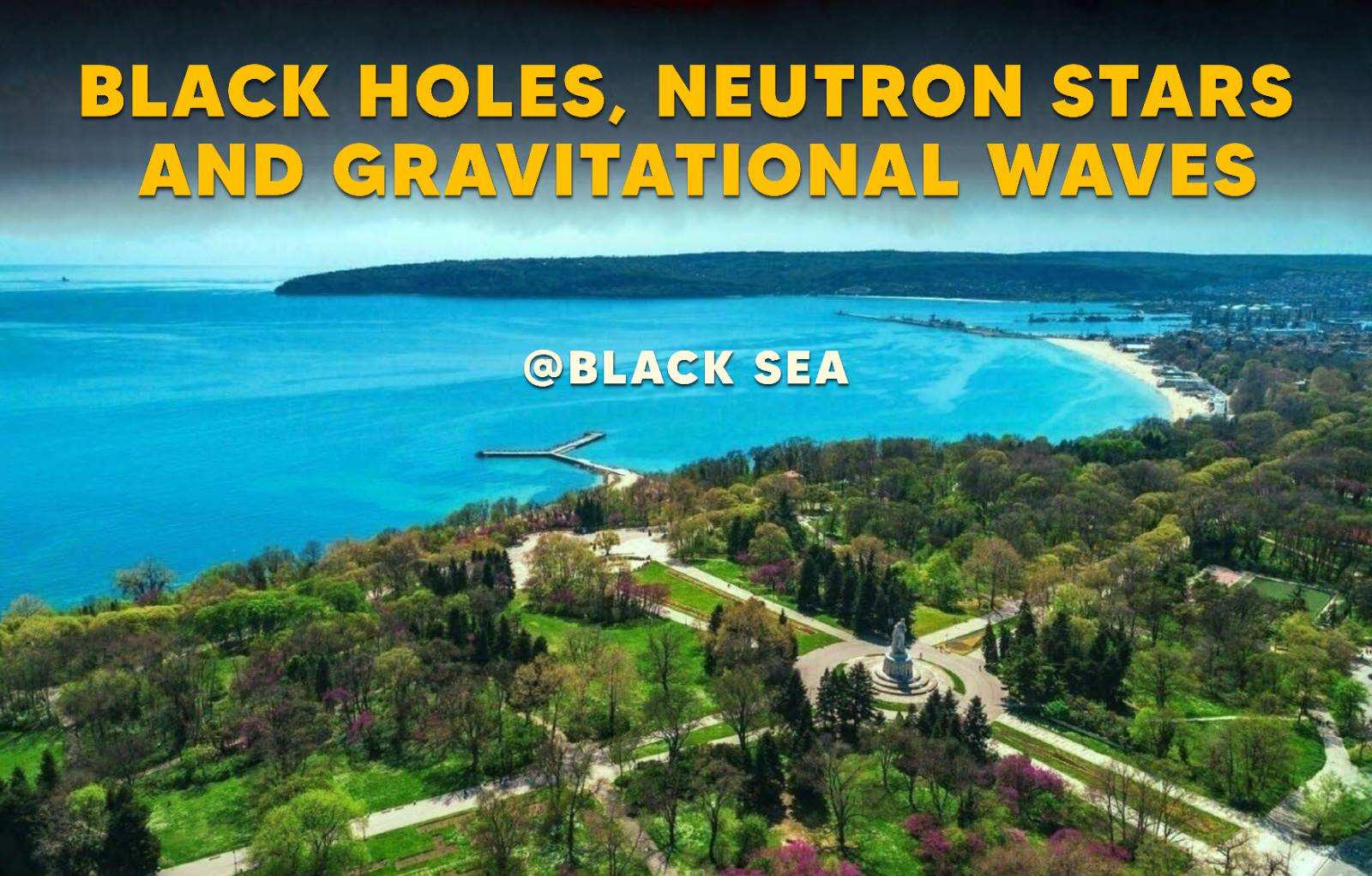Speaker
Description
One of the most significant open questions in the theoretical understanding of neutron stars and black hole–neutron star binaries is the amplification of magnetic fields in the remnant. This amplification initially occurs on small scales via a turbulent dynamo, primarily driven by the Kelvin–Helmholtz instability. This turbulent phase is followed by a large-scale reorganization of the field, driven by magnetic winding and possibly by other mechanisms such as the magnetorotational instability. Although current full GRMHD simulations, with typical resolutions of O(10m), are not yet capable of resolving all relevant scales, large-eddy simulation techniques—employing the gradient subgrid-scale model—allow us to accurately capture the magnetic field amplification during the firsts tens of milliseconds following remnant formation.
In this work, we discuss two key outcomes of our simulations. First, we find evidence for a form of "universality" in the magnetic field strength of the newborn hypermassive neutron stars formed in BNS mergers. Second, we observe that the amplification mechanisms in the remnant disks of BH–NS mergers exhibit strong similarities to those in BNS mergers, suggesting a unified picture for magnetic field growth in both scenarios.

